Venice Architecture Biennale 2014 report: Rem Koolhaas shines a spotlight on overlooked corners of the industry
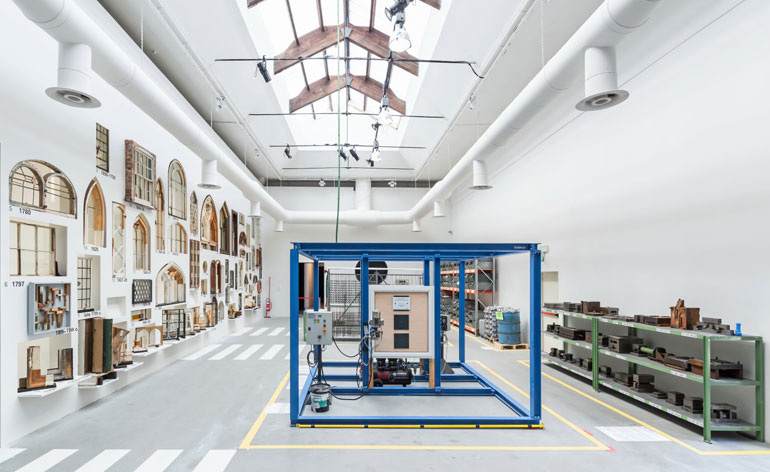
Jonathan Bell
From the first announcements back in 2013, it was clear this year's Venice Architecture Biennale would be different. Starting with the change in season, then a change in the exhibition format and of course a new curator - the influential Dutch architect Rem Koolhaas - everything seemed to point to the fact that, in 2014, the biannual celebration of architecture would offer a unique take on the industry zeitgeist. And it does.
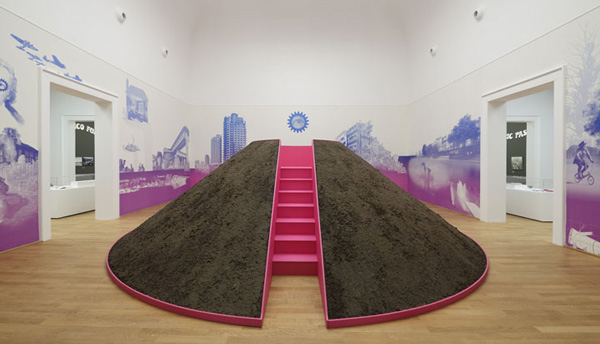
Tour the highlights from the Venice Architecture Biennale
Delving into his overall theme of Fundamentals in architecture, Koolhaas, supported by his OMA/AMO team, looked after the biennale's two main events and set the pace for the national pavilions. Exploring issues of modernity in architecture, culture and society, this year's shows are a feast of research and analysis, craft and materials, dipping into archives around the globe for a hefty volume of information. They make for a must-see whistlestop tour of the past, present and future of the practice.
The Arsenale show, this year dubbed Monditalia, explores the biennale's host nation through the mediums of film, music, dance and theatre - taking into account the effects of modernity and the past century on Italy's social and urban development. A key element is the collaboration of the other biennales: cinema, dance, theatre and music. 'It is the first time they worked together,' says Ippolito Pestellini of Koolhaas' creative thinktank AMO. 'We tried to initiate a new format and it was a coordination challenge.'
Pestellini looks at the show as a 'scan' of Italy, from south to north, though it's not necessarily meant to provide answers. 'For me, it is a point of departure,' he says. Certainly the experience raises more questions as one progresses through the long, darkened halls of the Arsenale, beset by large-scale projections, collaborative dance, operatic performances and installations.
The central pavilion at the Giardini, by contrast, provides a contemplative experience. For this second of his curated areas, entitled Elements of Architecture, Koolhaas goes back to basics. 'Architecture is a profession trained to put things together,' he says, 'not take things apart.' So this is exactly what he does. Dismantling the art of building into its parts, Koolhaas dedicates each room to an element - floor, balcony, facade, wall, escalator, toilet, door, corridor, elevator, ramp, window, ceiling, roof, fireplace and stair. The results - like the Brooking Collection of architectural features in the 'window' room - are unusually exciting.
The global participants, spread across the Giardini and various locations in Venice, have responded to Koolhaas' theme in different ways, though some common threads are detectable. Archival and historical research remain a strong premise, dominating, for instance, the British, Belgian, Dutch, Brazilian, Greek, Swiss and Australian pavilions (the latter featuring an augmented reality format as it is waiting for its new physical space to complete, by Denton Corker Marshall). The idea of looking back is, after all, part of the theme.
This year stands out also for its inclusiveness, with 11 new participants, including New Zealand, Morocco and Turkey. Even Antarctica is represented, with a pavilion of experimental, built and unbuilt projects 'examining the provisional nature of architecture in Antarctica'.
Wallpaper* Newsletter
Receive our daily digest of inspiration, escapism and design stories from around the world direct to your inbox.
An absence of more established architects in the main exhibitions is more than made up for in the national pavilions and the sheer number of collateral events - official and unofficial - that have sprung up across town. The substantial Time Space Existence exhibition, spread across two Venetian palazzi and curated by the Global Art Affairs Foundation, includes an impressive 100 architects, including Foster and Partners, AHMM, Eduardo Souto de Moura and Ricardo Bofill.
At the same time, the Fondazione Cini, on the island of San Giorgio Maggiore, does the opposite, focusing on one piece by a single artist: the Japanese photographer Hiroshi Sugimoto. Art has indeed crept into the architecture biennale in several places, blending ever more with design and the public realm. Genius Locci, a show by London's Lisson Gallery, examines this with a selection of sculpture and installation art by the likes of Ai Weiwei and Daniel Buren.
Ultimately, it is a biennale about history and information, with the sheer depth of research often threatening to overwhelm the casual visitor. Dozens of books are due to spin off the 2014 event, and some even speak of finding a permanent home for the fantastic displays in the central pavilion. If nothing else, Koolhaas's key achievement has been to take the spotlight off the stars and shine it on the overlooked corners of a global profession. Charting 100 years of societal upheaval is a tall order, but Koolhaas and his collaborators have made the 2014 Venice Biennale an important waypoint on modern architecture's ongoing journey.
Ellie Stathaki is the Architecture & Environment Director at Wallpaper*. She trained as an architect at the Aristotle University of Thessaloniki in Greece and studied architectural history at the Bartlett in London. Now an established journalist, she has been a member of the Wallpaper* team since 2006, visiting buildings across the globe and interviewing leading architects such as Tadao Ando and Rem Koolhaas. Ellie has also taken part in judging panels, moderated events, curated shows and contributed in books, such as The Contemporary House (Thames & Hudson, 2018), Glenn Sestig Architecture Diary (2020) and House London (2022).
-
 Put these emerging artists on your radar
Put these emerging artists on your radarThis crop of six new talents is poised to shake up the art world. Get to know them now
By Tianna Williams
-
 Dining at Pyrá feels like a Mediterranean kiss on both cheeks
Dining at Pyrá feels like a Mediterranean kiss on both cheeksDesigned by House of Dré, this Lonsdale Road addition dishes up an enticing fusion of Greek and Spanish cooking
By Sofia de la Cruz
-
 Creased, crumpled: S/S 2025 menswear is about clothes that have ‘lived a life’
Creased, crumpled: S/S 2025 menswear is about clothes that have ‘lived a life’The S/S 2025 menswear collections see designers embrace the creased and the crumpled, conjuring a mood of laidback languor that ran through the season – captured here by photographer Steve Harnacke and stylist Nicola Neri for Wallpaper*
By Jack Moss
-
 2026 Olympic and Paralympic Torches: in Carlo Ratti's minimalism ‘the flame is the protagonist’
2026 Olympic and Paralympic Torches: in Carlo Ratti's minimalism ‘the flame is the protagonist’The 2026 Olympic and Paralympic Torches for the upcoming Milano Cortina Games have been revealed, designed by architect Carlo Ratti to highlight the Olympic flame
By Ellie Stathaki
-
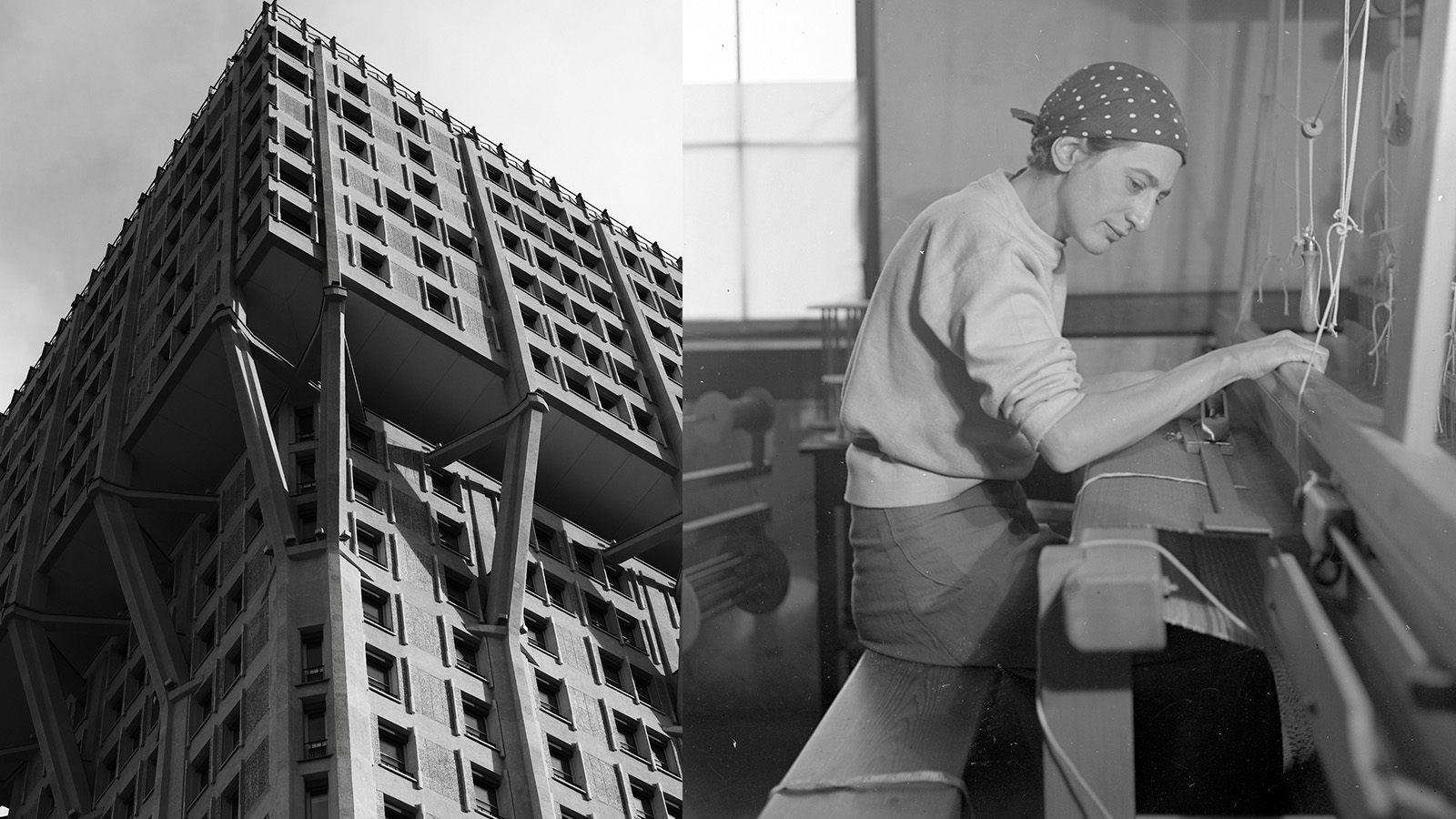 Anni Albers' weaving magic offers a delightful 2-in-1 modernist showcase in Milan
Anni Albers' weaving magic offers a delightful 2-in-1 modernist showcase in MilanA Milan Design Week showcase of Anni Albers’ weaving work, brought to life by Dedar with the Josef & Anni Albers Foundation, brings visitors to modernist icon, the BBPR-designed Torre Velasca
By Ellie Stathaki
-
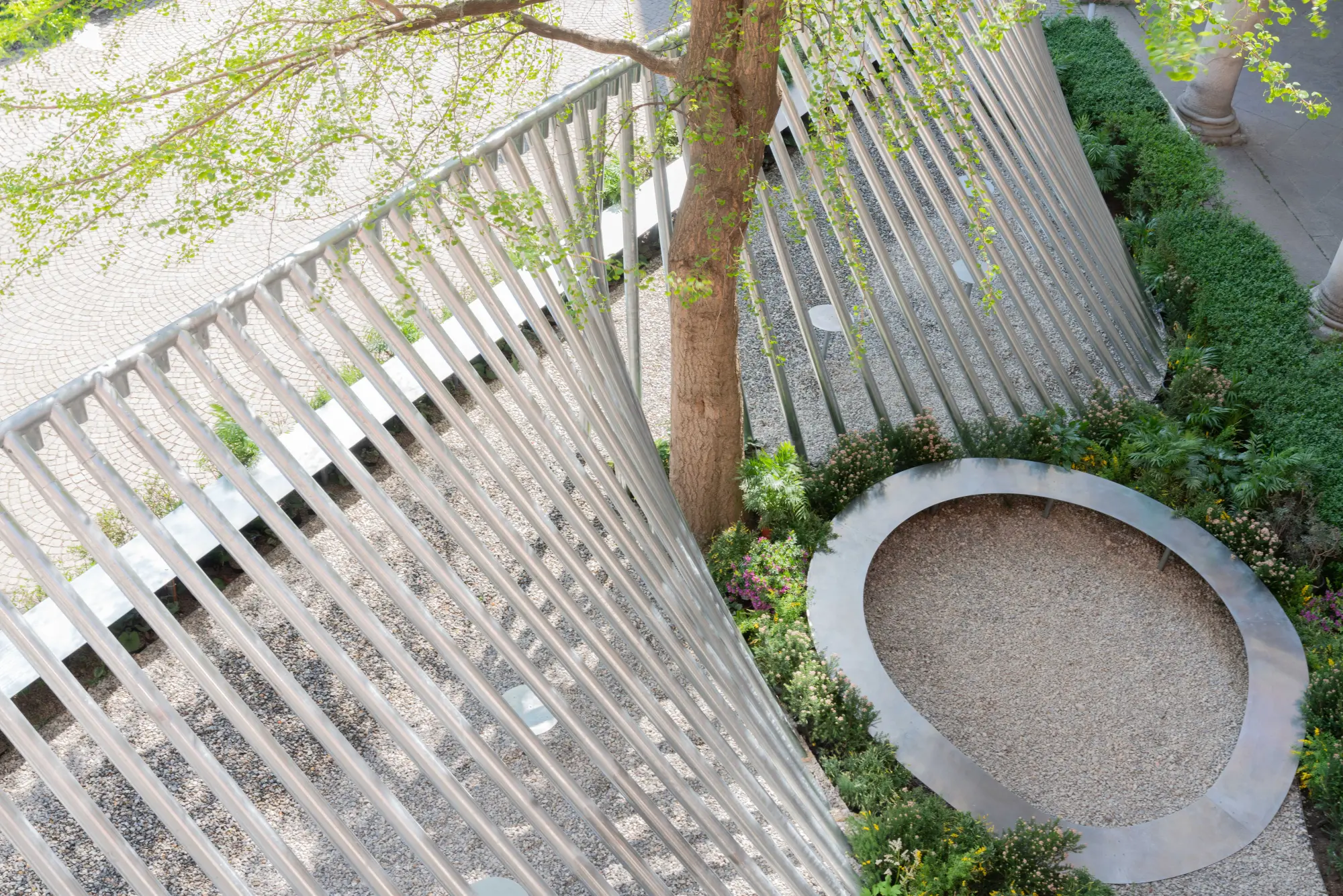 Milan Design Week: ‘A Beat of Water’ highlights the power of the precious natural resource
Milan Design Week: ‘A Beat of Water’ highlights the power of the precious natural resource‘A Beat of Water’ by BIG - Bjarke Ingels Group and Roca zooms in on water and its power – from natural element to valuable resource, touching on sustainability and consumption
By Ellie Stathaki
-
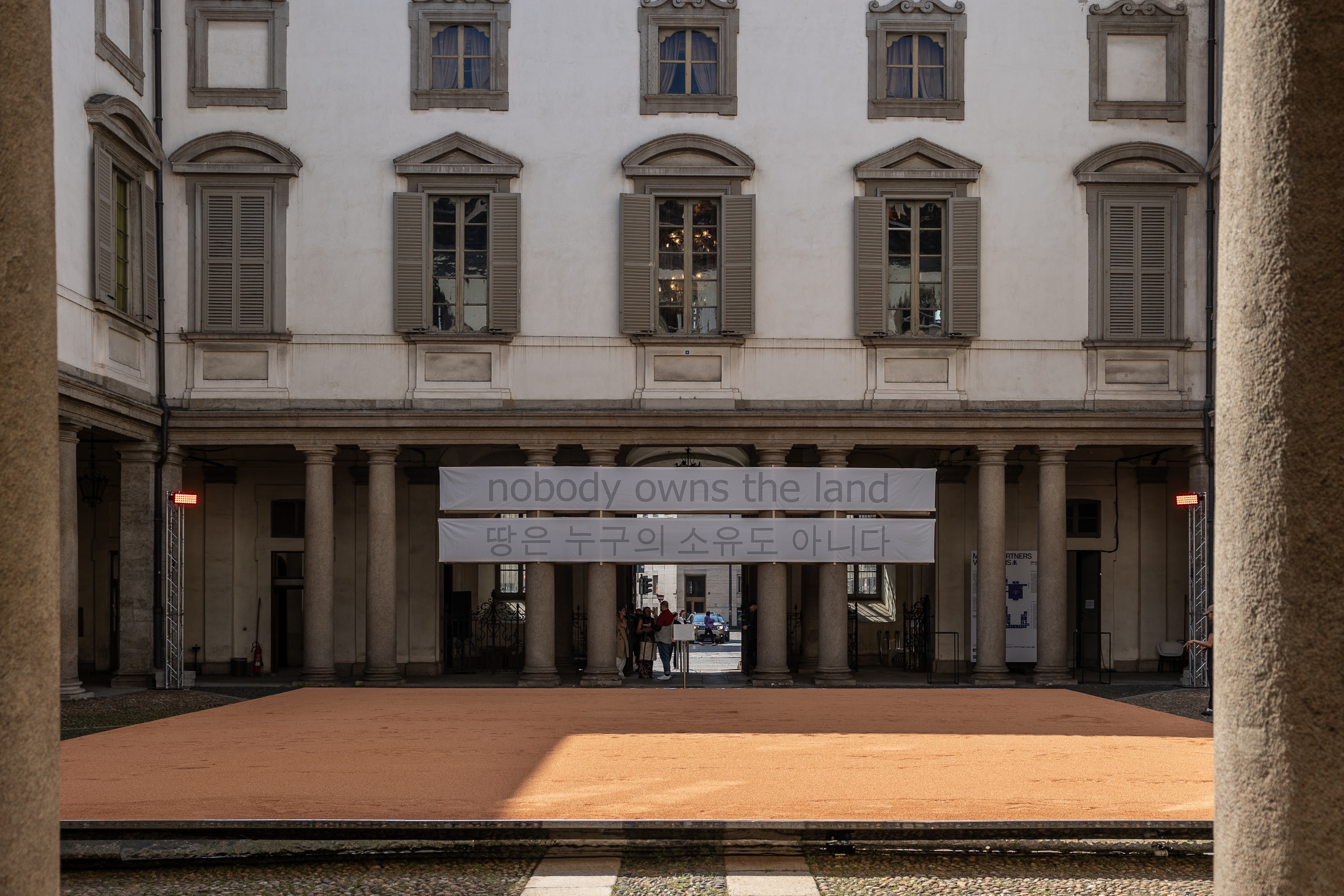 This Milan Design Week installation invites you to tread barefoot inside a palazzo
This Milan Design Week installation invites you to tread barefoot inside a palazzoAt Palazzo Litta, Moscapartners and Byoung Cho launch a contemplative installation on the theme of migration
By Ellie Stathaki
-
 The upcoming Zaha Hadid Architects projects set to transform the horizon
The upcoming Zaha Hadid Architects projects set to transform the horizonA peek at Zaha Hadid Architects’ future projects, which will comprise some of the most innovative and intriguing structures in the world
By Anna Solomon
-
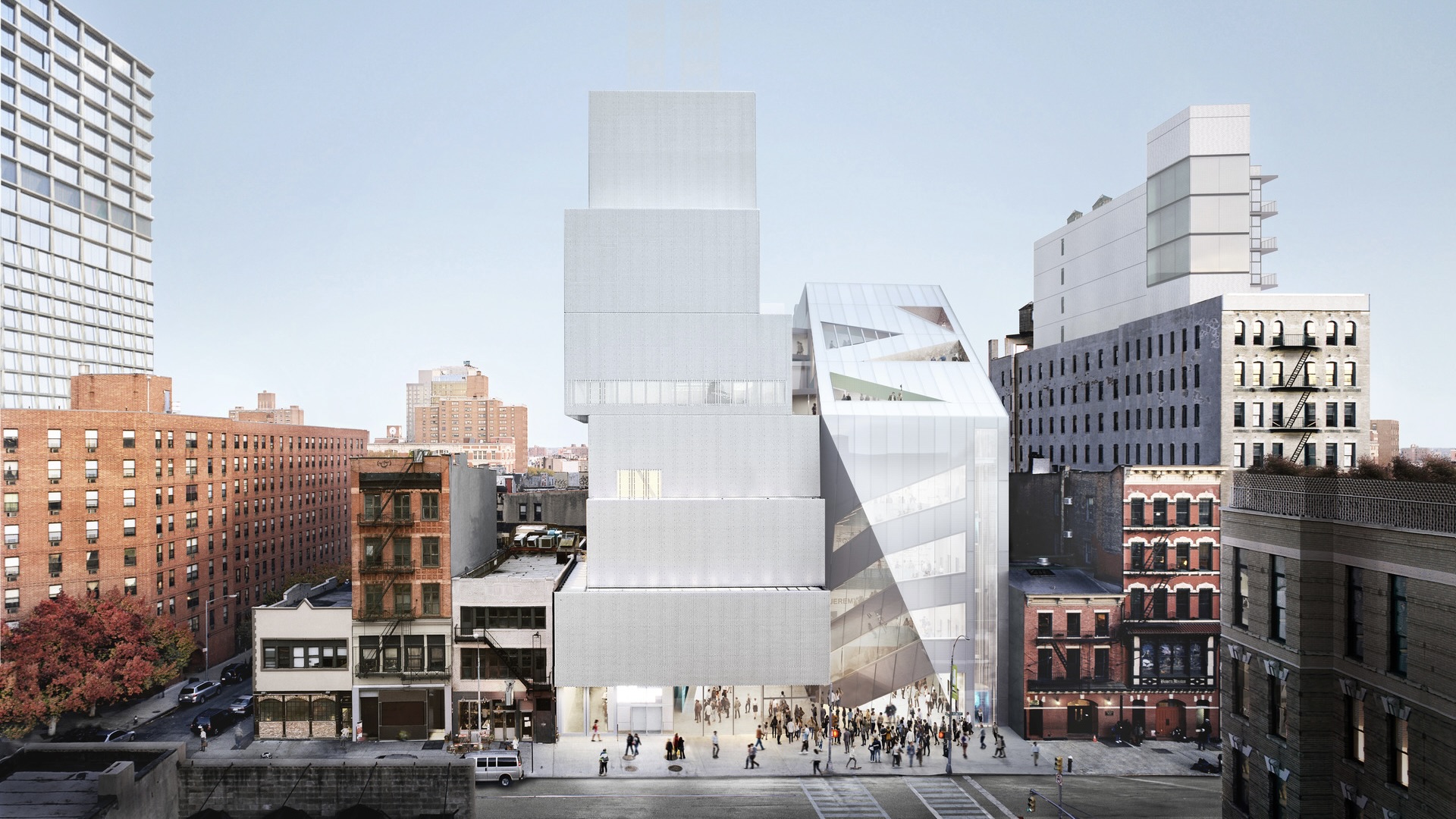 NYC's The New Museum announces an OMA-designed extension
NYC's The New Museum announces an OMA-designed extensionOMA partners including Rem Koolhas and Shohei Shigematsu are designing a new building for Manhattan's only dedicated contemporary art museum
By Anna Solomon
-
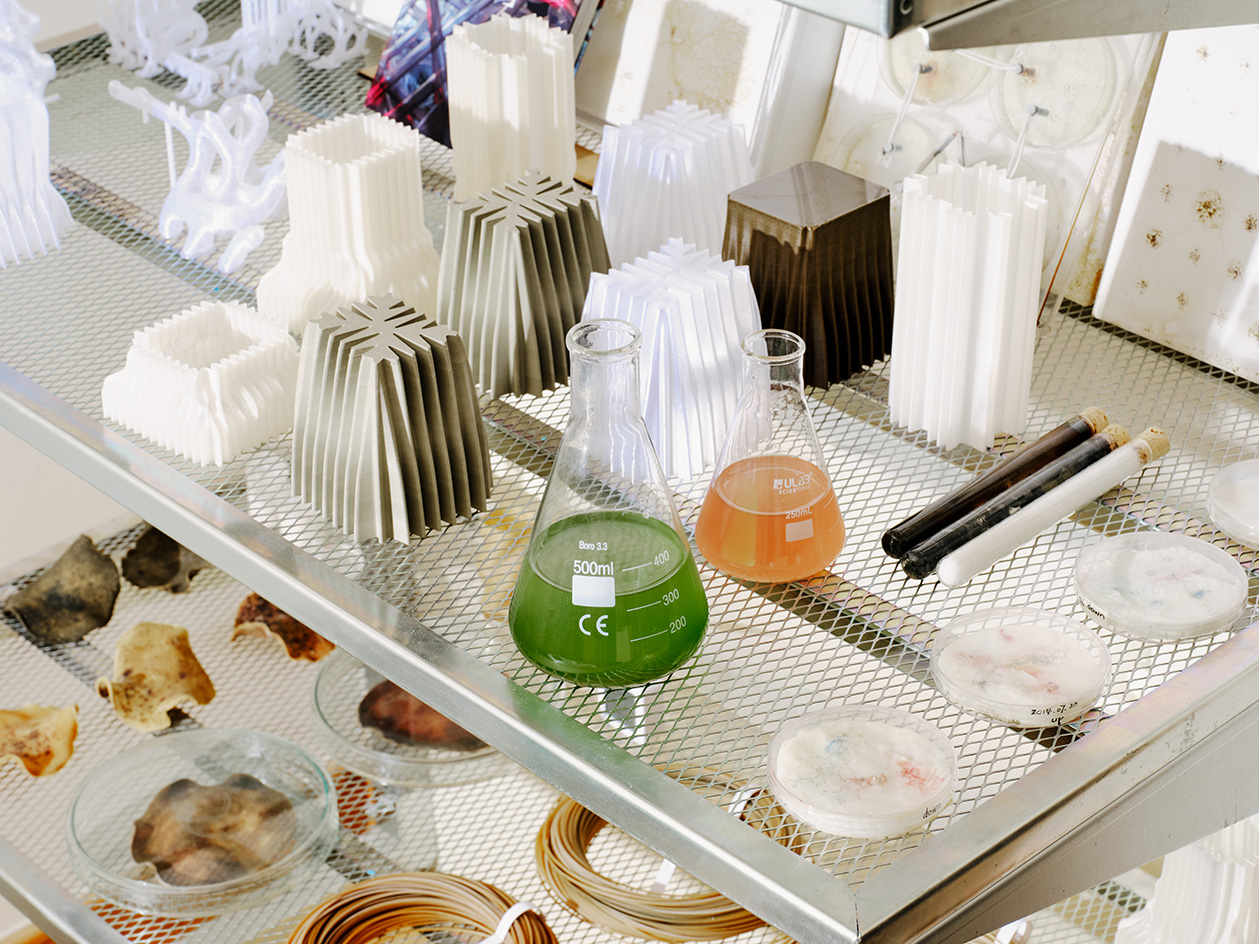 Is biodesign the future of architecture? EcoLogicStudio thinks so
Is biodesign the future of architecture? EcoLogicStudio thinks soWe talk all things biodesign with British-Italian architecture practice ecoLogicStudio, discussing how architecture can work with nature
By Shawn Adams
-
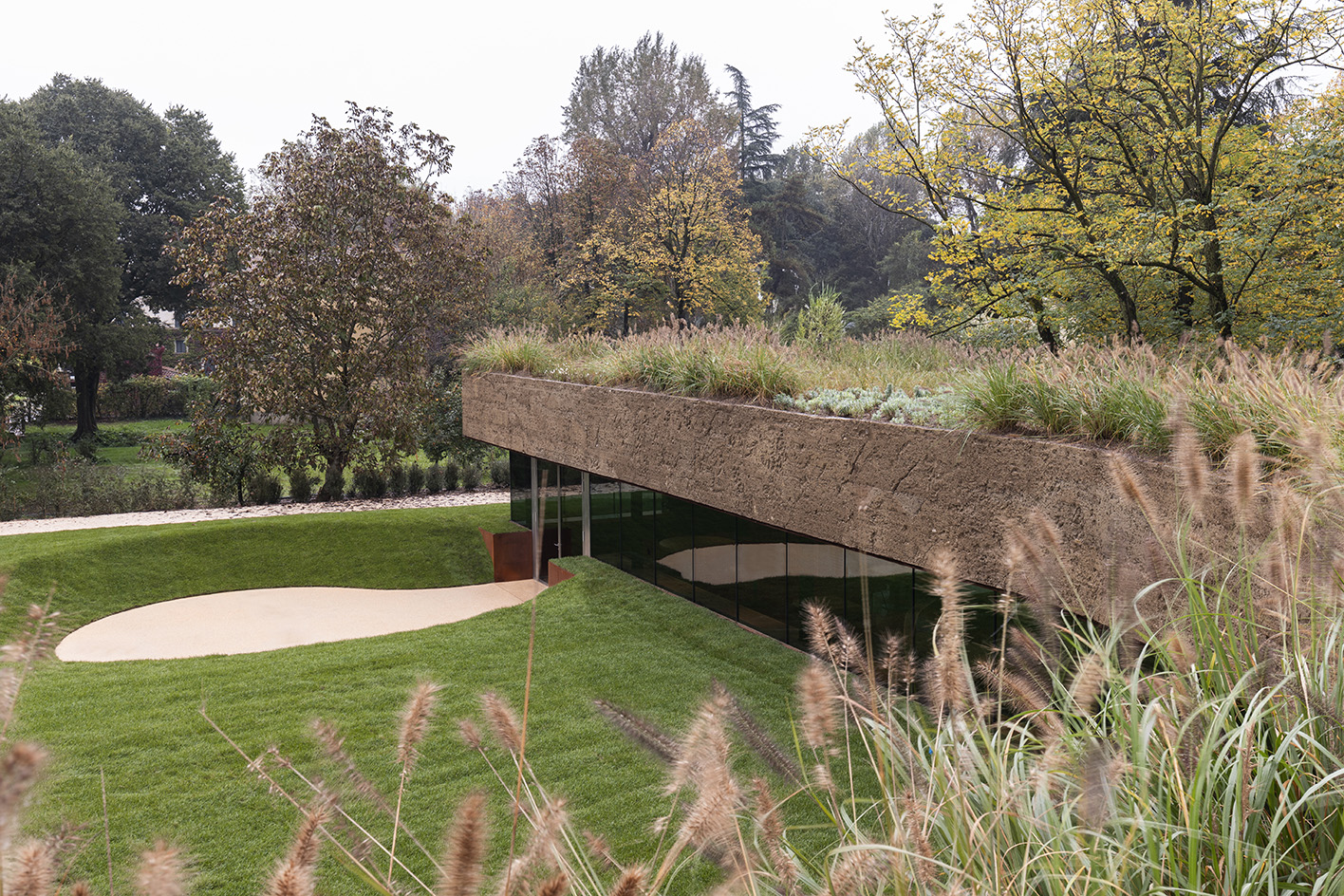 Meet Carlo Ratti, the architect curating the 2025 Venice Architecture Biennale
Meet Carlo Ratti, the architect curating the 2025 Venice Architecture BiennaleWe meet Italian architect Carlo Ratti, the curator of the 2025 Venice Architecture Biennale, to find out what drives and fascinates him ahead of the world’s biggest architecture festival kick-off in May
By Ellie Stathaki